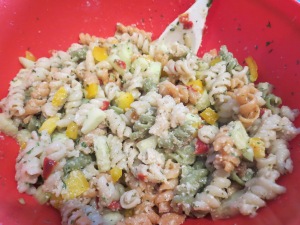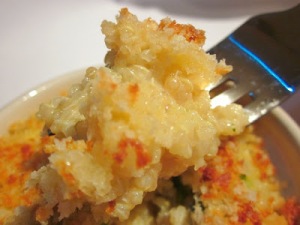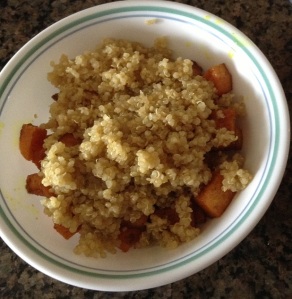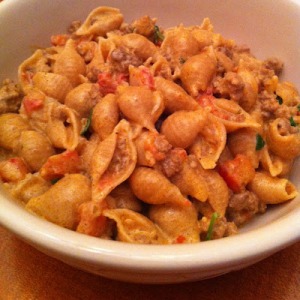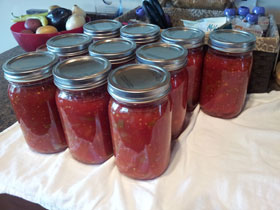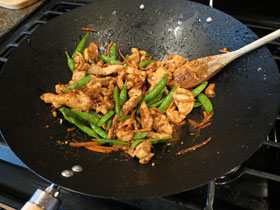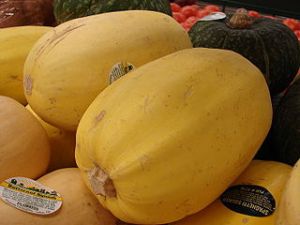Every time I would hear someone talk about making egg rolls at home, I’d think they were nuts. I’d only ever heard that they were such a pain and take forever to make. My mom and I decided to make them one day while we were up visiting, and it turns out if you “cheat” a bit – they’re really not so bad!
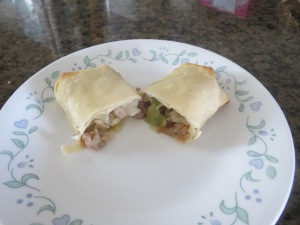 Still, I’m not adding this to the “quick meals” section because it does involve a fair amount of preparation, but for those of you who are much faster at prep than I am, it could definitely be a quick meal if you’ve got all the ingredients on hand.
Still, I’m not adding this to the “quick meals” section because it does involve a fair amount of preparation, but for those of you who are much faster at prep than I am, it could definitely be a quick meal if you’ve got all the ingredients on hand.
What you’ll need:
– Egg roll wraps (found in the produce section at Walmart and Target)
– 1 bag of coleslaw mix – this is the cheat – it’s already cut up and just about ready!
– 1lb ground pork
– Ginger to taste (also in the produce section)
– 1 medium onion, chopped
– Teriyaki sauce, to taste
Simple, right? Six ingredients, unless you plan to deep fry, in which case you’ll want to make sure you have enough oil on hand.
So to start, fry up the pork with the ginger. Since I buy the squeeze tube of ginger, I just squeeze a bunch on. We like ginger, so if you’re not sure, put about a teaspoon in, then taste when the pork is fully cooked. You can always add more after you add the onions.
Add the onions after the pork is cooked, and continue to fry until the onions are soft.
While everything is frying, toss the coleslaw mix into a food processor. I love my Tupperware Quick Chef for this (thanks Mom!) – I spin half the bag first and then the rest, as my Quick Chef is the original and it’s not quite big enough to handle a full bag. Put the chopped up mix into a large bowl.
 Once the fried pork and onions is done, add it to the coleslaw mix, and stir in the teriyaki sauce. I would start with 2 tablespoons, but definitely taste the mixture to see if you want more. Stir it up, and your egg roll filling is complete!
Once the fried pork and onions is done, add it to the coleslaw mix, and stir in the teriyaki sauce. I would start with 2 tablespoons, but definitely taste the mixture to see if you want more. Stir it up, and your egg roll filling is complete!
Now the fun part: making the actual egg rolls.
Preheat the oven to 400 degrees (or get your oil and your deep fryer ready). If you’re baking them, spray a cookie sheet with non-stick spray.
Put about 2 tablespoons of the mixture onto the eggroll wrap – you’ll get a feel for how much can go in the wrap as you start to fold them. I start by folding up the bottom corner, then folding in the sides, and then pulling the top down over everything. I keep a small bowl of water next to me so I can dip my finger in it, then get the top corner of the wrap wet, and “seal” it to the roll.
When I put the rolls on the pan, I try to put the side with the sealed corner down – this just makes me feel like it will stick together better and not dry out and come apart while baking. If you’re really worried about it, you can use a mixture of flour and water to help glue it together, but the wraps do have flour on them already so this shouldn’t be necessary.
Coat the tops with olive oil, and bake for 10-12 minutes or until the tops are golden brown.
The package of wraps that I bought had 21 wraps, and the mixture I made was more than enough for 21 wraps. The mixture alone is pretty tasty, but you have to like raw cabbage!
